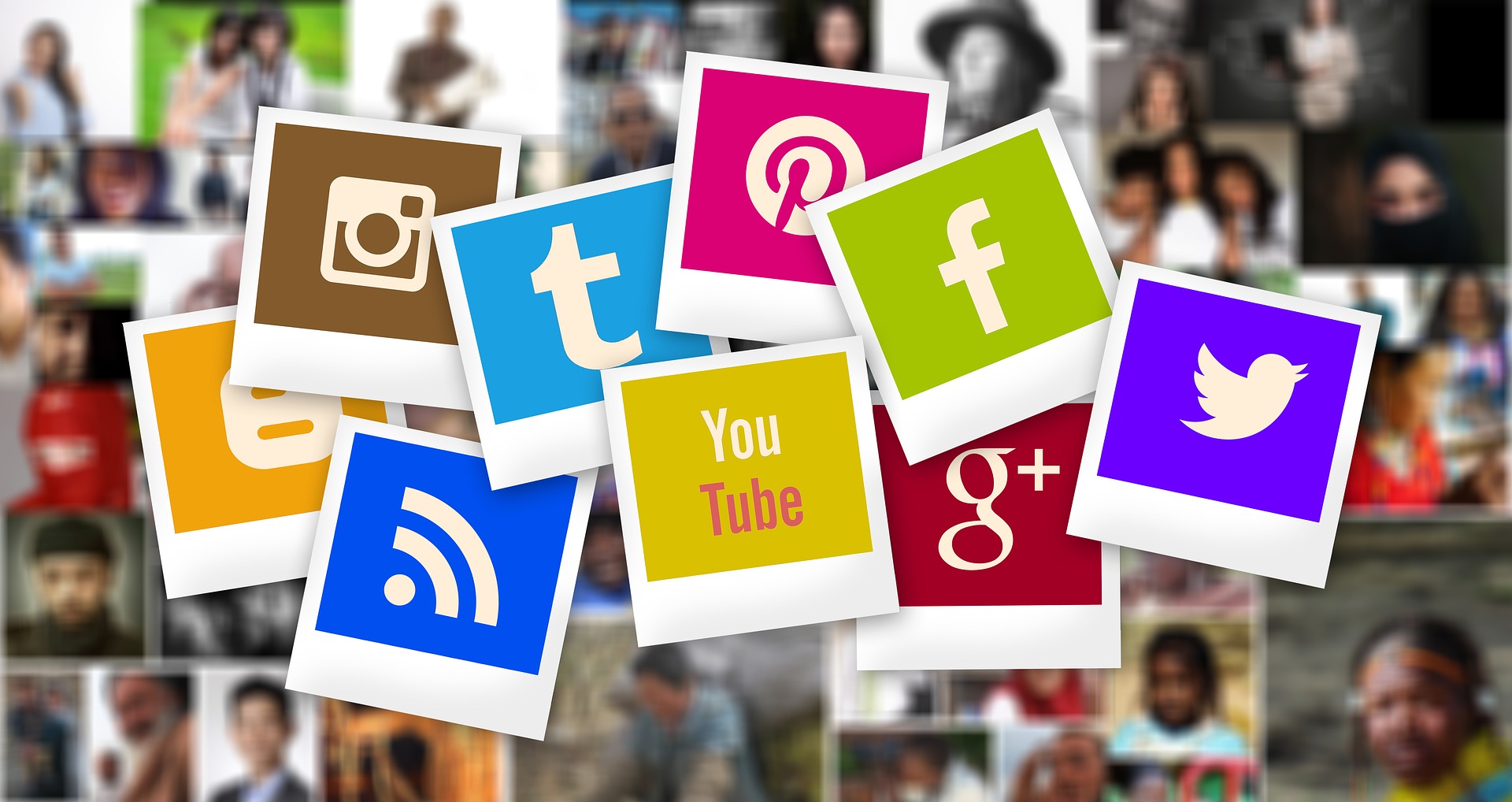It’s only the first week of 2022, but the PR scandals and triumphs of last year already seem distant. But before we let them fade into the rear-view mirror, I couldn’t resist one last list about 2021. Here are my nominees for the PR Winners and Losers of the year.
The PR Winners
Britney Spears
The pop princess was a double beneficiary of a long-overdue PR redemption. First, there was revisionist history in a documentary about her early career. It highlighted the relentless tabloid scrutiny she endured at a time when she was suffering severe emotional distress. When it comes to her treatment by the press, things look very different today. Matt Lauer asking her on-air if she’s a bad mom, or Diane Sawyer making her the bad guy of her breakup with Justin Timberlake seems tacky, if not outright sexist. But Spears triumphed when she won her legal bid to end the conservatorship that mandated tight control of her life by her father. It was helped by a groundswell of social media support from fans posting to #FreeBritney, and egged on by a suddenly sympathetic mediaverse. It only took them two decades.
NFTs
Most people barely knew what non-fungible tokens (NFTs) were a year ago. But by the end of 2021, at least $27 billion was spent on NFTs in the form of digital art and collectibles. Speculators spurred on the NFT craze and early adopting celebrities in music, art, and sports drove constant media coverage. Even former Melania Trump wants a piece of the action. NFTs benefited further from press attention to the metaverse, driven by Facebook’s very public commitment and rebranding as Meta. Of course, NFTs are also ideal tools for scammers, fraudsters, and even money launderers, so they could easily end up on next year’s Losers list. But for now, they’re winning.
QR Codes
The emergence of the humble and once obscure QR code as an essential digital tool is probably the most unexpected success story of 2021. QR codes have been used in Asia for years, but here in the U.S. they weren’t even integrated into the iPhone until 2017. QR code usage first soared after the COVID-related lockdowns, of course. But it was last year that they went beyond restaurant menus to became truly mainstream. Was is positive PR and resulting media coverage that drove the change? Not really, but in vertical business sectors, plenty of digital content has educated managers on QR’s uses. And QR codes are likely here to stay, as they’re increasingly being used in the U.S. and abroad for contact-free transactions and many kinds of public information campaigns. Marketers love the codes due to their tracking abilities, and consumers don’t seem to mind one bit.
Billionaire Astronauts
Jeff Bezos had a good year. He started 2021 fighting off a sleazy tabloid scandal about his love affair and divorce but emerged as the leader in a new kind of space race among billionaires. For that matter, all three of the uberrich entrepreneur astronauts — Elon Musk, Richard Branson, and Bezos — reaped a payload of PR for their space joyrides. The billionaire space race is pretty self-indulgent, but it’s also entertaining and it fills a gap that government programs can’t. Presumably it has the potential for tangible benefits, like jobs, investment, and new scientific discoveries for 2022 and beyond.
Peloton
Peloton was riding high just before Christmas after its speedy response to a fast-breaking PR crisis. The brand had put the problem of a TV character’s fatal heart attack after an indoor cycling workout firmly behind it. And just like that….Peloton was blindsided again. But rather than belonging on the Losers list, I think it deserves credit for smooth handling of the sudden double-whammy. It all started with the sudden demise of Mr. Big on the HBO series And Just Like That. After completing his 1000th ride on one of the cultish bikes, Mr. Big dropped dead, and Peloton’s stock suffered a drop of its own. The brand recovered quickly by featuring actor Chris Noth in a clever campaign promoting indoor cycling’s very real health benefits. Yet just as the ad gained traction, two women came out to publicly accuse Noth of sexual assault. Peloton swiftly steered its brand out of trouble by killing the campaign. I think it will emerge in fine shape despite the ups and downs.
The PR Losers
Clubhouse
When was the last time you thought about Clubhouse? That’s the problem. The social audio platform didn’t suffer a PR crisis so much as a drop off the radar screen. After a frenzy of media attention and a peak of 9.6 million downloads in February, Clubhouse adoption started to slow. It dropped its invitation-only feature (a necessity), and suddenly the buzz faded. At the same time, a slew of competitors launched. While its downloads have risen again due to international expansion, it’s now looking like Clubhouse was the victim of its own PR – too much, too soon.
Gettr
Clubhouse wasn’t the only social platform to lose momentum in 2021. Remember Gettr, the oddly named Twitter-killer helmed by former Trump advisor Jason Miller? It was launched with fanfare but instantly met technical difficulties, including signup delays, a rash of fake accounts, and security breaches. Despite Miller’s shameless public flattery and repeated invitations to the former president to join the platform and put it on the map, Trump never did get around to it. He had his own plans, of course. Don’t count out Gettr just yet; Joe Rogan has joined, so it may have a second wind. But last year most people who heard about Gettr did so on Twitter, and the tweets weren’t nice.
Better.com
The online mortgage company has had better years. Its 2021 crisis was precipitated in December when founder Vishal Garg fired 900 Better.com employees on a Zoom call, just ahead of a $750 million injection by SoftBank. That was bad enough, but Garg told remaining staff that he wished he’d made the layoffs earlier and threatened them with termination if they failed to ramp productivity. When a backlash grew, he defended his decision on an anonymous networking site by accusing the laid-off staff of “stealing” from employees and customers. While Garg apologized and stepped down under pressure, there’s now worse news for Better.com. The blunder has drawn attention to “multiple legal liabilities, conflicts of interest and corporate governance problems” before the company placed him on leave, according to Forbes.
Activision Blizzard
The gaming company was hit with multiple investigations into alleged sexual assaults of female employees in 2021. Like most such accusations, the alleged incidents went back years. Company emails uncovered in an extensive Wall Street Journal article suggested that CEO Bobby Kotick was aware of many incidents. Instead of sharing what he knew with the board of directors, Kotick kept quiet as Activision settled with accusers. After an investigation, the state of California filed suit against the company over the workplace harassment. Employee reaction was also fierce, culminating in a walkout to protest the situation. Kotick ultimately issued a strong statement about the company’s commitment to a fair and inclusive workplace. He also put his money where his mouth is by taking a significant pay cut and pledged to invest $250 million in gaming and technology for underserved communities. But the scandal has been a huge black eye for the brand and it remains on the defensive. Badly played.
Facebook scandals are so common they’re almost boring. But the news broken by whistleblower Frances Haugen is more serious than past PR crises. Haugen used internal company documents to show that Facebook knew its products and policies harmed the mental health of teenagers but prioritized profits over the public good. And never has a whistleblower enjoyed the kind of PR rollout of her revelations. Haugen’s team negotiated a media exclusive with The Wall Street Journal, then went wider by granting access to a hand-picked press consortium. The media blitz peaked with her primetime interview on 60 Minutes and testimony before Congress. Facebook pushed back against the allegations, but it doesn’t have a deep well of credibility to draw upon. Lawmakers are infuriated, and, in a rare show of bipartisanship, they’re united in a desire to punish the company. What’s more, Facebook’s adoption of the corporate brand Meta, while a reasonable move to acknowledge its future direction, was seen as an attempt to dodge the negative flak with a new name. Bad timing and clumsy execution. Facebook is on its way to becoming the new Big Tobacco.


